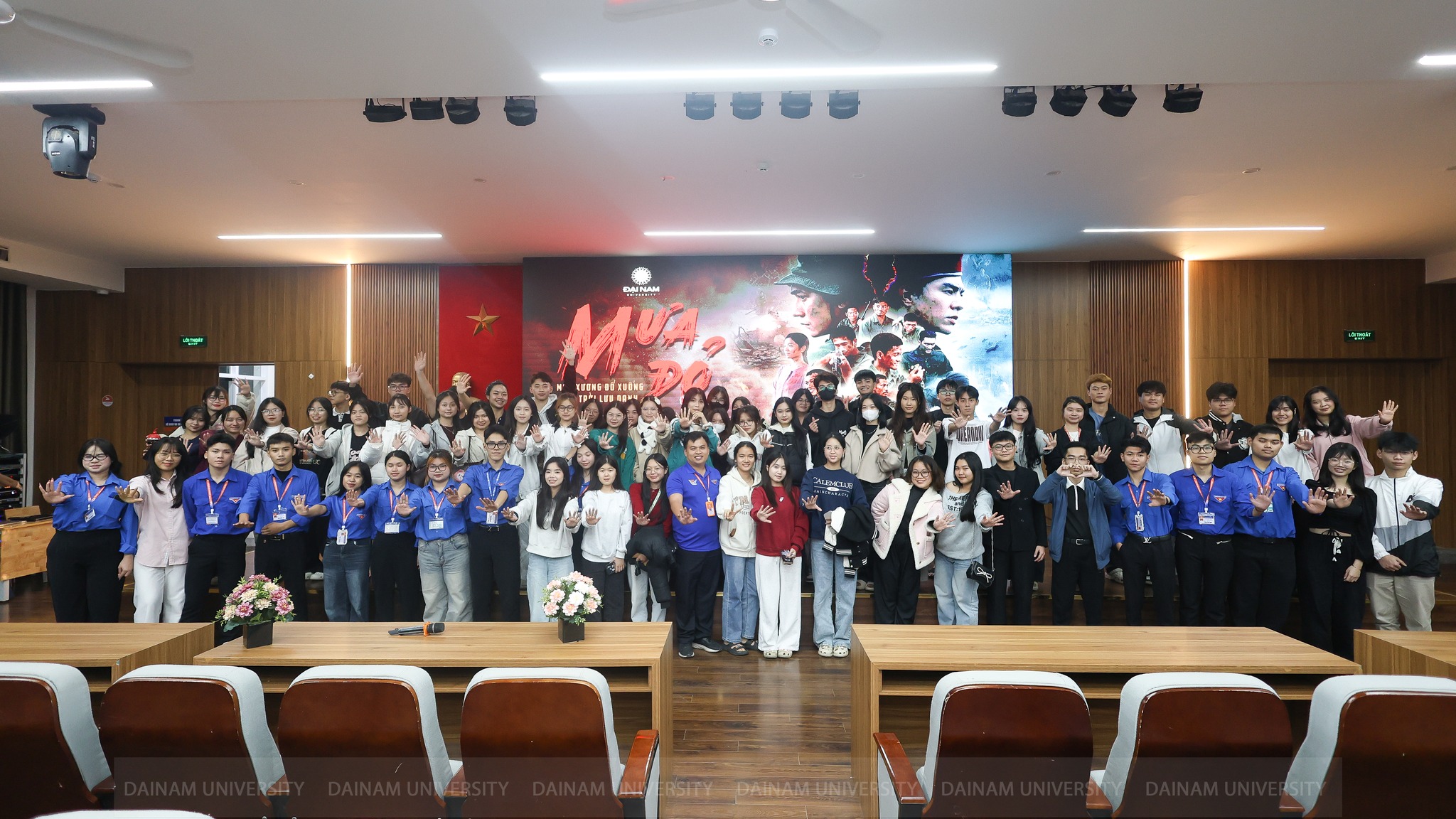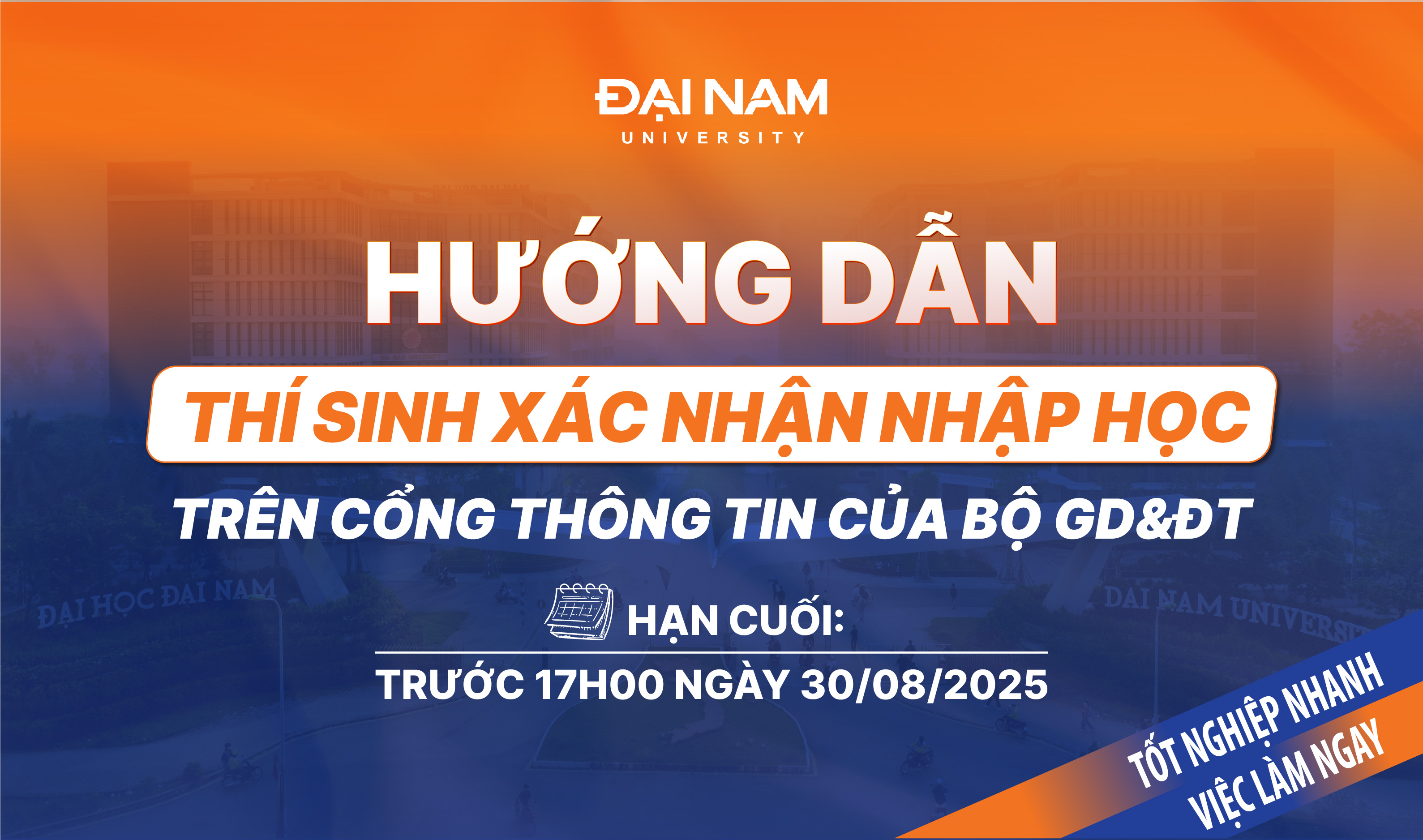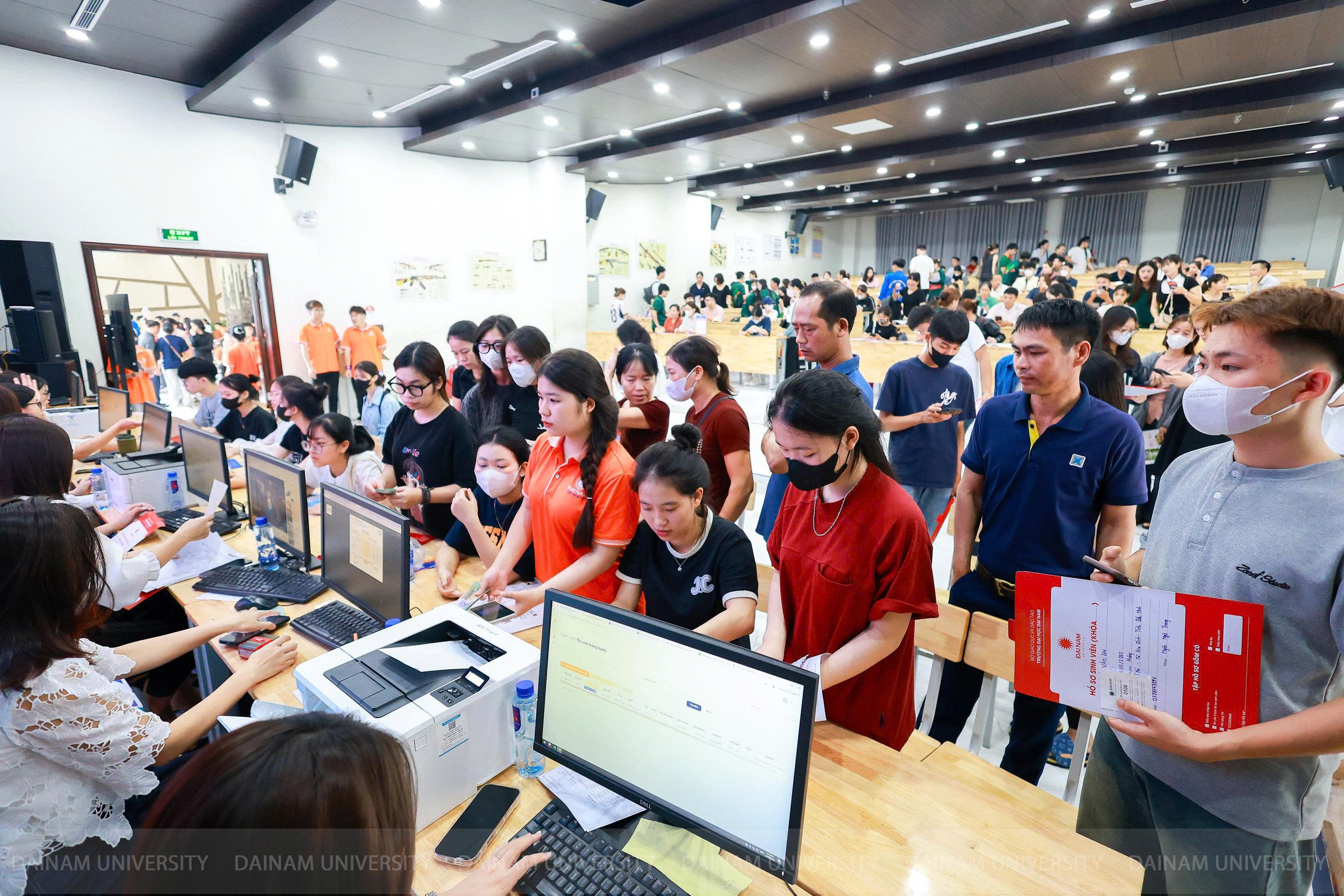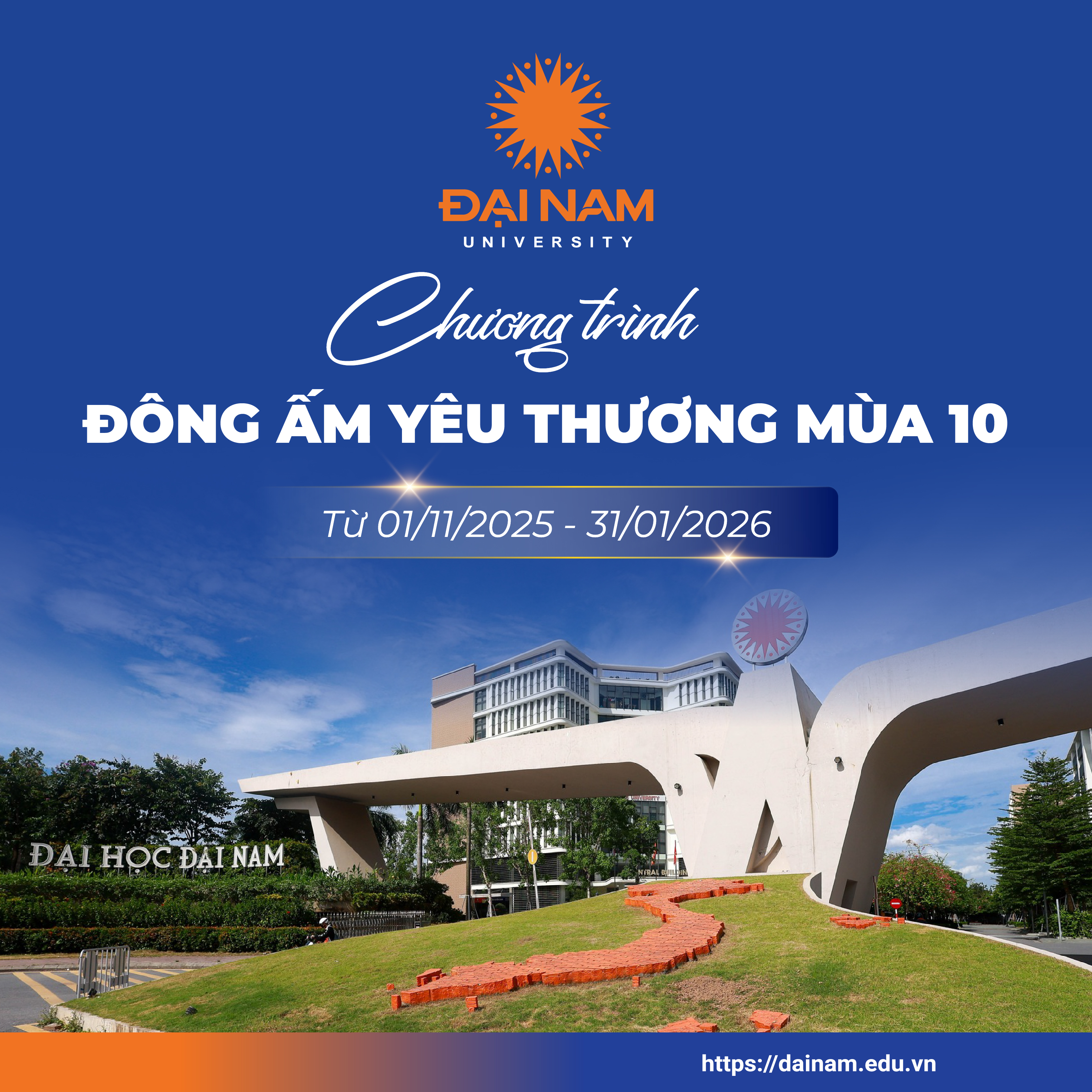Teachers' advice helps candidates feel confident and do better in the upcoming high school exam.
Teachers' advice helps candidates feel confident and do better in the upcoming high school exam .
Literature : First of all, write correctly.
According to Mr. Nguyen Duc Hung (Vinh Vien Exam Preparation Center, Ho Chi Minh City), when doing a social argumentative essay, avoid explaining incorrectly because when you explain incorrectly, all arguments or descriptions that follow will go in the wrong direction. For a social argumentative essay, the most important thing is to perform the correct steps and operations. First of all, explain the problem (or concept), then analyze, expand, improve, and relate to reality. In addition to arguments, there must be good, appropriate evidence. In addition, from personal perception and experience, candidates must also express their own opinions.
For literary essays, for prose questions, determine what the topic is asking about and focus on answering that specific question. For poetry questions, it is necessary to pay attention to analyzing artistic elements such as the use of language, images, rhythm, form... and point out the value and meaning of the artistic form in conveying the content. The essays that get high scores in this question are those with a good knowledge of literature, good writing skills and a general and synthetic thinking about the problem. In addition, candidates also need to have feelings about the beauty in literature.
The first thing is that you need to have a well-written essay. However, to get a high score, you need to write well. In general, a good essay needs to ensure three aspects: knowledge, perception and thinking.
Math: Don't be discouraged by difficult questions, don't be subjective about easy questions
Mr. Tran Van Toan (Head of the Math Group at Marie Curie High School, Ho Chi Minh City) advised that when doing the test, candidates need to present their solutions with enough ideas, clearly and with tight arguments. Candidates often have the mentality of being afraid of running out of time, so they do it quickly, leading to careless presentation and errors. Do not skip the intermediate steps when calculating, because there are two advantages: Avoid wrong answers and when checking, it is easy to detect possible mistakes and omissions. Do not lose points on easy questions. Groups of easy and familiar questions should be done directly on the test paper and must be calculated carefully, reasoning accurately in each step of the solution. Check the results right during the test. If you lose only 0.25 points in this group of questions, the competition for university entrance will become much fiercer. On the contrary, if you lose 0.25 points for difficult questions, there is still a lot of hope for university entrance. Many students have the habit of doing rough drafts until they get the answer and then write it down on their test paper.
This certainly cannot meet the time limit. The scratch paper is only for finding solutions to unsolved questions. To achieve an above average score in math is not difficult, you just need to have a firm grasp of the basic knowledge, do it well, and avoid erasing too many lines in the test. For candidates with good or excellent academic ability, you must make full use of the 180 minutes to do the test, not be discouraged by difficult questions and not be subjective with easy questions, review right away during the test, consider the changes and arguments.
English: Never leave the writing section blank.
The English exam has an additional writing section including sentence structure conversion and paragraph writing. According to teacher Pham Hung (Marie Curie High School, Ho Chi Minh City), to do well on the test, first with the multiple choice section, candidates need to pay attention to knowledge about stress and pronunciation with about 6 sentences (1 point). The vocabulary section focuses on word families (nouns, verbs, adjectives, adverbs), synonyms, antonyms, and the same type of word. In addition, all grammar points learned such as: tense division, subject-verb agreement, passive voice, conditional sentences, direct, indirect, relative clauses, etc. And some sentence structures such as adverb clauses of cause changing to adverb clauses of result, from clauses changing to phrases or vice versa.
For the writing section, vocabulary and grammar structures are two essential elements for writing skills. The advice for this section is not to be greedy and write too much but not too little. For example, if the question requires writing a 140-word paragraph, you should write 12 to 16 lines (when grading, teachers often estimate the number of lines, not counting each word to get the right number). In order to get the first point, a paragraph must have a topic sentence and a conclusion. This paragraph writing part is the part that "save" the candidate. The issue of getting more or less points depends on the writing skill, absolutely do not leave any blanks.
History: Read carefully and understand the question accurately. For history, the most important factor is that candidates must read carefully to understand the questions accurately. Because understanding the exam questions helps to recognize the key issues that need to be answered. If you do not recognize the key issues that need to be answered, it will easily lead to digression. Therefore, students need to clearly understand the key points, deeply understand all the concepts and content used in the textbook; must implicitly know that a historical event or issue can be asked in many different ways. For exams with many questions like today, candidates do not need to make an introduction and conclusion, but answer each question directly. The writing style needs to be clear, coherent, accurate, One of the important factors that determine success in the exam is the ability to allocate and master the allotted time. The way to use this time wisely can be as follows: Spend 10 minutes analyzing the topic, 20 minutes making an outline on scratch paper. Spend 130 minutes expressing the outline into an essay; the remaining 20 minutes are used to re-read, correct grammar errors and content errors. Nguyen Van Tien (Thu Dau Mot University) Geography: 5 steps to do the test Candidates should do the test in 6 steps as follows: Step 1, read the question carefully at least 3 times and underline the main ideas. Step 2, make a general outline so that the test is complete and does not miss any ideas. Step 3, write down the questions clearly so that the examiner knows which question you are answering and what your ideas are. Step 4, do not use abbreviations, do not use symbols such as arrows, circles, asterisks, etc. Step 5, reread the test before submitting. If you see any mistakes, just cross them out with a line, avoid highlighting or erasing. If you see any mistakes, do not write in them because sometimes the letters are too small or the lines are too close together, making the test difficult to read and if the examiner cannot read them, it will be considered zero points. It is best to make additional additions below, remember to write the question number and add the next letter. Regarding how to draw a chart, it is necessary to correctly identify the chart requirements. The chart has 3 requirements: correct, sufficient and beautiful. Tran Van Quang (Tran Dai Nghia High School for the Gifted) |
Physics: Accurate - fast - complete For physics, you should first read the questions from beginning to end and immediately do the questions that you are sure to get right. You should not stop too long on a multiple choice question, you will lose the opportunity to answer easier questions that will get the same score. You may encounter a few questions that you are still unsure of which answer is definitely correct. At that time, you can use the method of elimination to get the answer that meets the requirements of the question. When doing the test, you need to ask questions and achieve the following goals: Accurate (correct solution/direction/judgment) - Fast (complete each question in the shortest time) - Complete. Vo Ly Van Long (Vinh Vien University Exam Preparation Center, Ho Chi Minh City) Chemistry: Each problem should be solved in no more than 2 minutes. The problems include: basic problems, solving level is about 1 minute/question (about 20% of the number of problems), problems with reasoning (about 50%) and difficult problems (about 30%). To solve the problems well, students must know how to solve according to chemical reaction equations and solve according to the laws (law of constant composition, law of conservation of mass, conservation of moles of elements, conservation of moles of electrons,...). Difficult problems are often problems that combine many problems about chemical reaction equations, using many laws to solve. Students should note that problems are only supposed to be solved in less than two minutes, so solutions that take too long are not appropriate. There are also some problems that can be solved with quick formulas. Students can use these formulas to save time. Bui Van Thom (Head of Chemistry Group, Vinh Vien High School, Ho Chi Minh City) Biology: Be careful with negative questions Be careful with the negative question type "Find the incorrect sentence", many candidates choose the "correct" sentence because they did not read carefully, or were not in a good mood. For questions about arranging the stages or developments in order of a process or biological technique, after posing the question are the answer options, each option includes an event with many related facts, candidates must consider before choosing. For questions that require reasoning or calculation (advanced application), candidates can take advantage of the available answers to try. Pham Thi Thu Hang (Tan Binh High School, Tan Phu District, Ho Chi Minh City) |
According to Thanh Nien
Latest article
View all Posts
Related articles
See all related Articles
Register for admission consultation 2025
Dai Nam University offers admissions to
36 academic programs
across a diverse range of disciplines, including Healthcare, Engineering and Technology, Economics and Business, and Social Sciences and Humanities.
Register now to secure
scholarships and tuition support worth up to 55 billion VND
scholarships and tuition support worth up to 55 billion VND

Register now to secure
scholarships and tuition support worth up to 55 billion VND
scholarships and tuition support worth up to 55 billion VND











